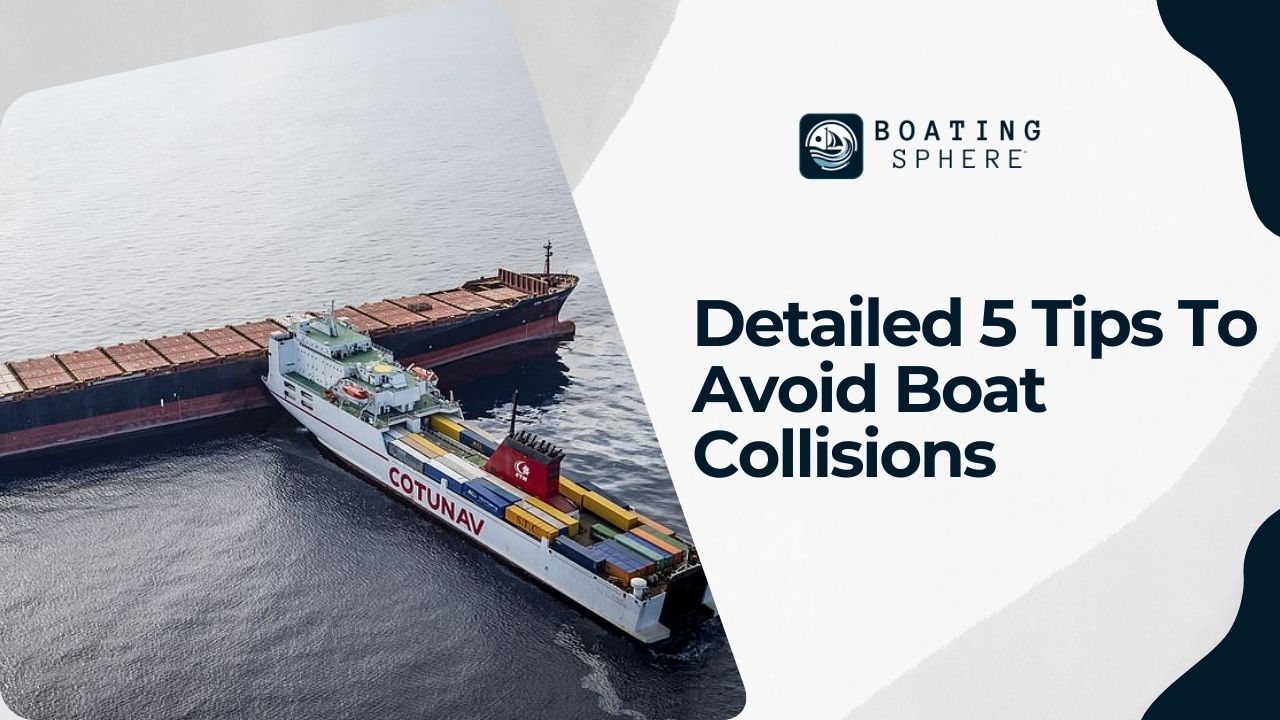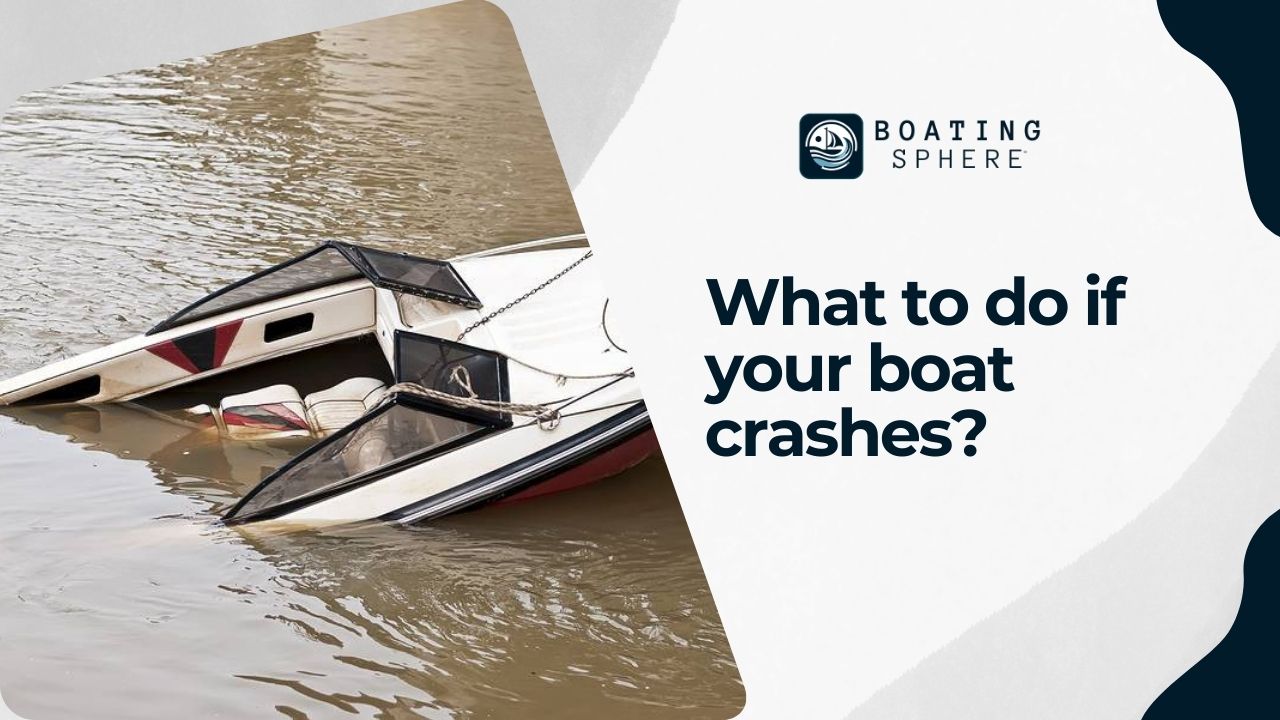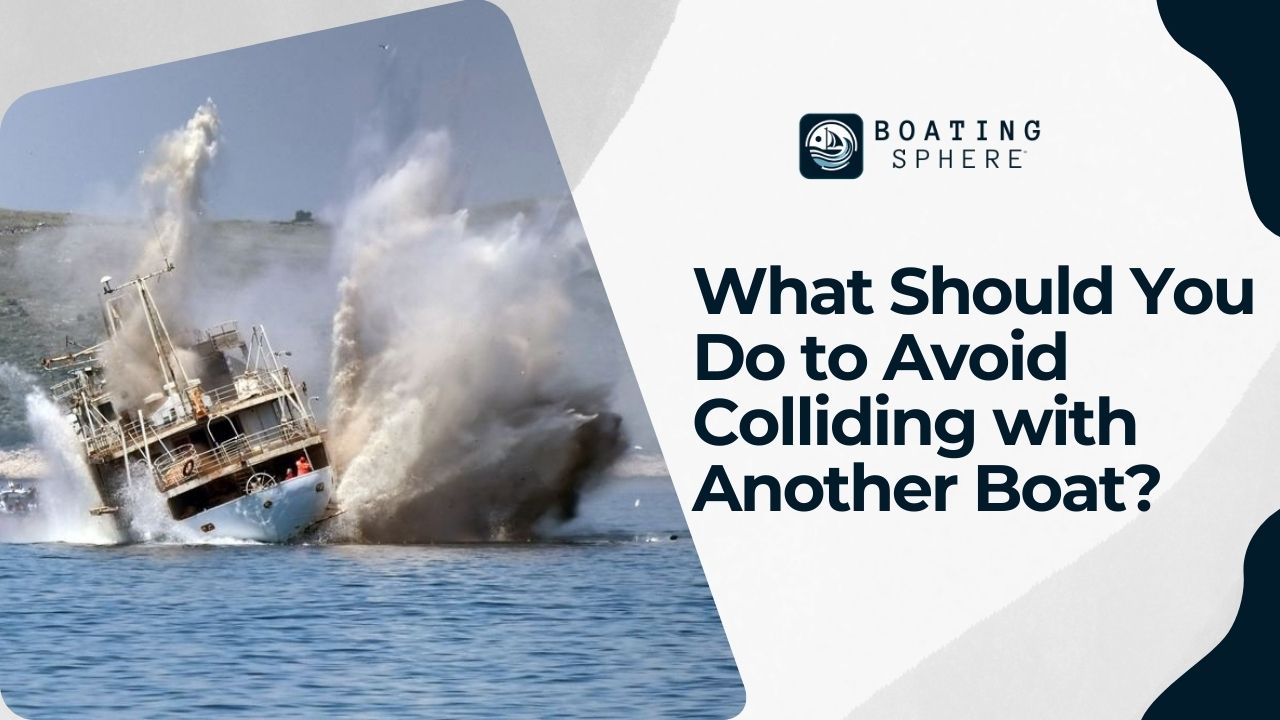Avoiding collisions while boating is crucial as the captain of your vessel. Collisions can be fatal, whether with another boat, the dock, a floating object, or rocks. The US Coast Guard reported that 2022 collisions were the most common cause of accidents, accounting for 55% of accidents, 21% of deaths, and 53% of injuries.
To avoid colliding with another boat, what should you do? As captain, it’s your responsibility to prevent collisions when operating any watercraft. A boating safety course is necessary to get your boating license in many US states. Be cautious and develop good habits when using a boat.
According to the US Coast Guard, the top five causes of boating accidents are operator inattention, inexperience, improper lookout, excessive speed, and machinery failure. Here are 5 tips to avoid boating collisions and stay safe on the water.
🔥 Hot topics: Catamaran vs Trimaran: Which is Better for You?
Quick Response: Avoiding Collisions
Collisions can be dangerous and cause damage, injury, or death. Pleasure craft operators must avoid collisions according to VORRs.
To avoid accidents, boat operators should:
- Obey navigation rules.
- Watch the signs.
- Stay alert and assign someone to be on the lookout.
- Drive safely, especially in traffic and at night.
- Check all directions before turning.
- Be careful when traveling into the sun’s glare on the water.
- Don’t operate if tired, stressed, or drunk.
- Watch out for debris after heavy rain.
Detailed 5 Tips To Avoid Boat Collisions

1. Learn marine navigation rules
The first and most important thing to do to avoid a collision with another boat is to know your surroundings. Before you set out on the water, familiarize yourself with the area by checking charts, getting local knowledge, and studying relevant navigational markers. It’s also essential that you have a good understanding of the local weather and tidal conditions so that you can plan accordingly. Important rules to know:
- Boats powered by paddles or sails have the right of way over-powered vessels because they are less maneuverable unless in specific situations.
- When passing another boat, even if you’re sailing, you must stay far away from it.
- When two sailboats cross paths, the rules of the sea apply. The boat on a starboard tack has priority. The leeward boat has the right of way if two sailboats are on the same tack.
- The boat on the right has the right of way. Slow down or change direction if you’re going to collide.
- When approaching another boat head-on, pass on the starboard side with ample space for safe passing.
- Avoid shipping lanes.
- If unsure of another vessel’s intentions, slow down and clearly show your evasive actions.
Sound signals are important for avoiding collisions:
- One blast means I will pass you on my left side.
- Two blasts signal that I will pass you on my right side.
- Three short blasts indicate astern propulsion.
- Power-driven vessels use one long blast during limited visibility at intervals of not more than two minutes.
- In limited visibility, sailing vessels use one long blast followed by two short blasts at intervals of up to two minutes.
- Five short blasts signal danger or disagreement with another boat’s actions.
2. Drive safely and at the right speed
There are fewer fixed speed limits on the water compared to the roads. However, there are speed restriction areas that must be followed. It is crucial to adhere to these restrictions. When operating a boat, it is important to maintain a safe speed. This means using the vessel at a speed that allows enough time and distance to react and avoid accidents or collisions. Remember to:
- Follow traffic signs and speed limits.
- Remember to maintain a respectful distance from other vessels when navigating the open waters and ensure your presence is unmistakably visible.
- Don’t race other boats.
- Obey the speed limit for your vessel.
- Always wear a life jacket.
- Use a kill cord for your boat.
- Do not drink and drive a boat.
- To stay focused, do not use your phone while operating your boat.
Multiple factors determine speed limits:
- Visibility
- Sea conditions
- Boat traffic is high
- The boat you’re driving
- Water depth
- Passengers on board
3. Keep a lookout at all times.
To avoid collisions, designate a lookout before setting off. They will inform you of nearby boats and hazards. It’s best to have help on larger vessels. Rotate lookouts on longer journeys. Clarify the importance of the role and who is on duty.
4. Stay focused and be in control.
As the captain, you must always remain alert and in control of your boat. Avoid boating when tired, stressed, or distracted. Never drink alcohol while in charge of a vessel. Alcohol is the leading factor in fatal boating accidents, according to the US Coast Guard. For more tips on keeping your family safe on board, check out our guide.
🎯Suggested article: 14 Best Family Boat Brands: Deck, Bay & Ski Options
5. Check the weather and research your cruising grounds before you go.
Before going out on the water, do your homework. Know where you’re going and the weather conditions. Be prepared for anything unexpected, like a hurricane. Know the nearest harbor and how long it will take to reach your destination. Keep your VHF radio on to be alerted to any hazards ahead.
What to do if your boat crashes?

If you’re in a boat collision on the water, here’s what to do:
- Turn off the engine now.
- All passengers must wear life jackets in case of emergency.
- Check for injuries on your boat and provide first aid as needed. Ask the passengers on the other ship if they are injured. Contact emergency services using your mobile phone, VHF marine radio, satellite phone, or visual signals like flares if someone is seriously injured. Provide a clear description of your location, boat, and number of people onboard.
- Check your boat for leaks or flooding. If water is coming in, use bilge pumps or bailers and try fixing the leak.
- After a collision, exchange information with the other boat involved and take photos for insurance purposes.
General Statistics and Implications
- Generally, you travel excessively if you don’t have complete control of the boat.
- It is advisable to try to pass any boat only if you are sure of a successful outcome.
- More than 80 percent of these accidents occurred when the captain received no instruction.
- 30% of accidents occurred on boats with skippers over 55 years old.
- Over 80% of drowning victims didn’t wear a PFD.
- Channel 16 is used for recreation vessels, but ships usually monitor channel 13.
📢Read also: Used Boat Values: KBB And Nada Guides
FAQs
Who is responsible for preventing collision between two boats?
What’s the difference between a stand-on and a give-way boat?
What does it mean to be a stand-on vessel?
Sources
nsw.gov.au
fisheries.noaa.gov
nasbla.org
Was this page helpful?

